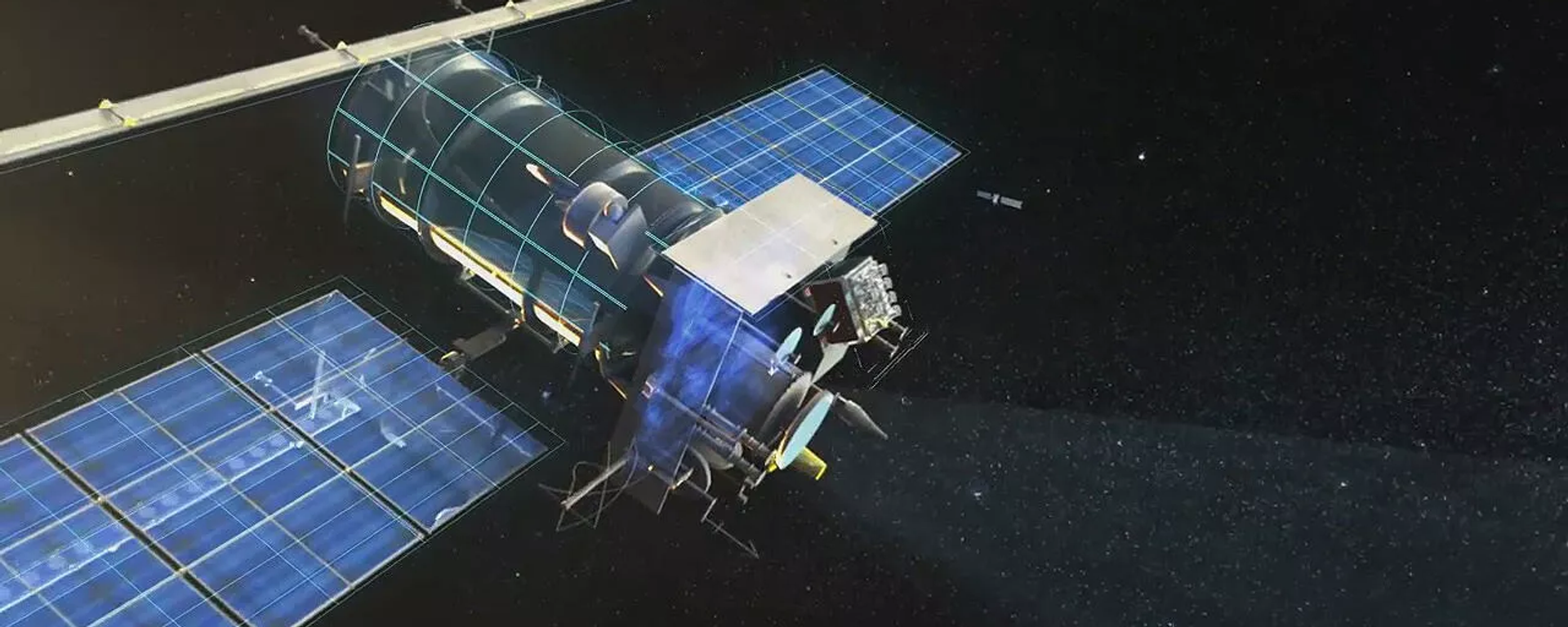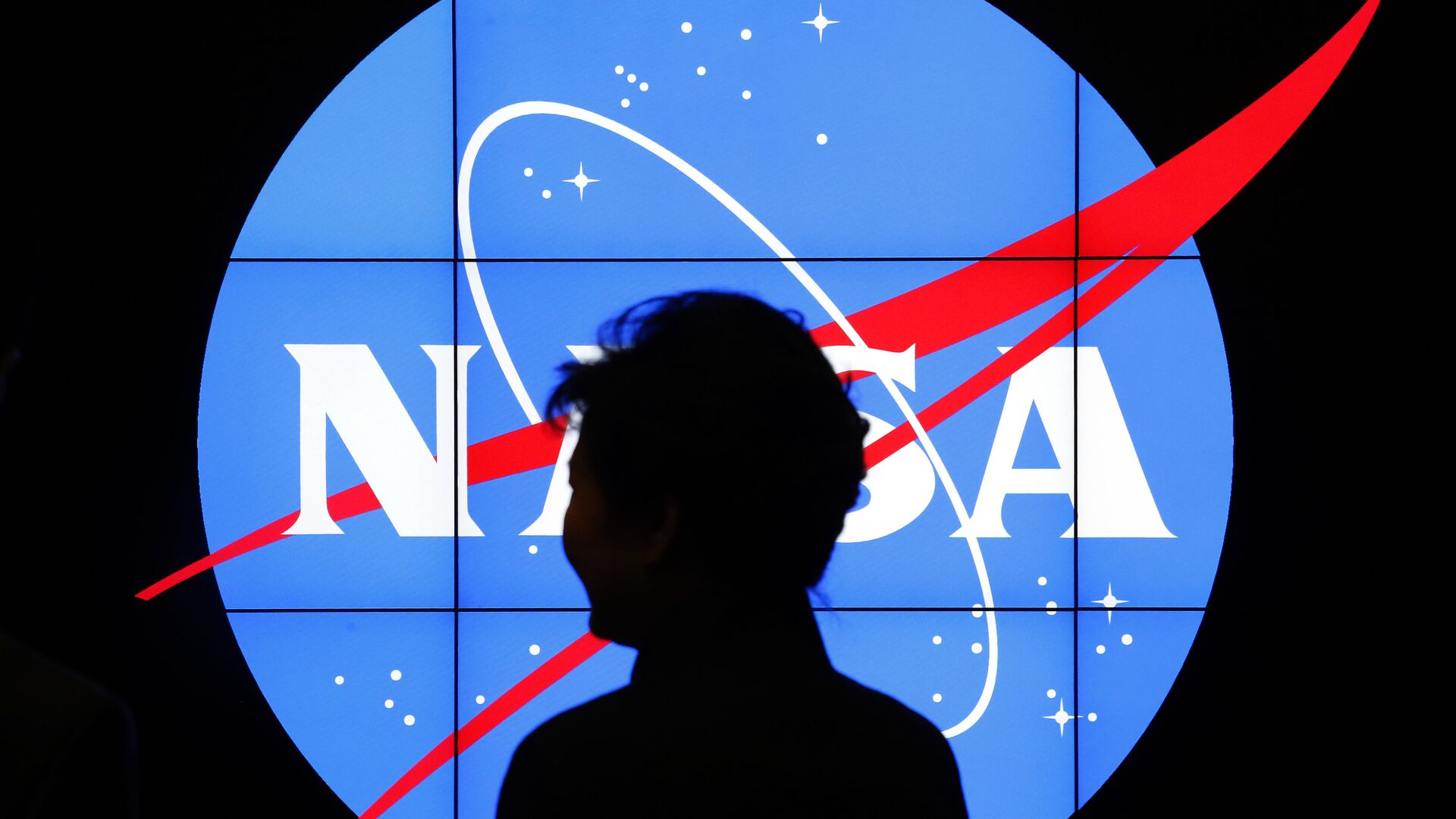https://sputnikglobe.com/20230407/nasa-launches-tempo-mission-over-equator-to-monitor-global-air-pollutants-1109244610.html
NASA Launches TEMPO Mission Over Equator to Monitor Global Air Pollutants
NASA Launches TEMPO Mission Over Equator to Monitor Global Air Pollutants
Sputnik International
NASA has launched its Tropospheric Emissions: Monitoring of Pollution (TEMPO) satellite mission into geosynchronous orbit 22,000 miles above the equator to monitor levels and flows of pollutants including ozone across North America, the US space agency said on Friday.
2023-04-07T14:39+0000
2023-04-07T14:39+0000
2023-06-20T17:11+0000
science & tech
us
nasa
space exploration
https://cdn1.img.sputnikglobe.com/img/106097/57/1060975730_0:305:4732:2967_1920x0_80_0_0_2b13963b7e394fb3e1ae70ef794efedb.jpg
The TEMPO mission was launched from Cape Canaveral Space Force Station in Florida on a SpaceX Falcon 9 booster and it successfully separated from the rocket approximately 32 minutes after launch, NASA said. The satellite should become operational in late May or early June , the agency said. TEMPO data will play an important role in the scientific analysis of pollution, including studies of rush hour pollution, the potential for improved air quality alerts, the effects of lightning on ozone, the movement of pollution from forest fires and volcanoes, and the effects of fertilizer application, NASA said.
https://sputnikglobe.com/20230405/moscow-state-university-planning-to-launch-some-20-small-student-satellites-by-2025--1109134107.html
https://sputnikglobe.com/20230210/russia-will-have-up-to-360-satellites-in-orbit-by-2030-1107287762.html
Sputnik International
feedback@sputniknews.com
+74956456601
MIA „Rossiya Segodnya“
2023
Sputnik International
feedback@sputniknews.com
+74956456601
MIA „Rossiya Segodnya“
News
en_EN
Sputnik International
feedback@sputniknews.com
+74956456601
MIA „Rossiya Segodnya“
Sputnik International
feedback@sputniknews.com
+74956456601
MIA „Rossiya Segodnya“
nasa, us, space, space agency, space exploration
nasa, us, space, space agency, space exploration
NASA Launches TEMPO Mission Over Equator to Monitor Global Air Pollutants
14:39 GMT 07.04.2023 (Updated: 17:11 GMT 20.06.2023) WASHINGTON (Sputnik) - NASA has launched its Tropospheric Emissions: Monitoring of Pollution (TEMPO) satellite mission into geosynchronous orbit 22,000 miles above the equator to monitor levels and flows of pollutants including ozone across North America, the US space agency said on Friday.
"A NASA instrument to provide unprecedented resolution of monitoring major air pollutants – down to four square miles – lifted off on its way to geostationary orbit at 12:30 am EDT [4:30 GMT] Friday, the agency said in a press release. "The TEMPO instrument will improve life on Earth by revolutionizing the way scientists observe air quality from space."
The TEMPO mission was launched from Cape Canaveral Space Force Station in Florida on a SpaceX Falcon 9 booster and it successfully separated from the rocket approximately 32 minutes after launch, NASA said. The satellite should become operational in late May or early June , the agency said.
"From a fixed geostationary orbit above the equator, TEMPO will be the first space-based instrument to measure air quality over North America hourly during the daytime and at spatial regions of several square miles – far better than existing limits of about 100 square miles in the United States," the release said.

10 February 2023, 06:05 GMT
TEMPO data will play an important role in the scientific analysis of pollution, including studies of rush hour pollution, the potential for improved air quality alerts, the effects of lightning on ozone, the movement of pollution from forest fires and volcanoes, and the effects of fertilizer application, NASA said.



